Getting a new puppy is such a fun time for you and your family. However, the first 48 hours will be a big adjustment for not only the new puppy but also for you and your family. The new puppy is sure to bring lots of fun and laughs. But anytime there are a lot of changes, there is bound to be stress that goes along with it. If you just take a few steps, surviving the first 48 hours with a new puppy will go smoothly and with very little stress.
Please share this article on Facebook and Pin to Pinterest!
The Puppy Dog Momma is a participant in affiliate programs including Amazon Services LLC Associates Program, affiliate advertising programs are designed to provide a means for sites to earn advertising fees by advertising and linking to reputable companies including Amazon.com.
The car ride home with your new puppy
My family and I raise golden retrievers. We always send our new puppy families with a care package to get them started. First, check with the people or the
Steps to decrease stress during the first 48 hours with your new puppy starts with the car ride home. An extra set of hands can come in very handy, so take another person with you when picking up the puppy. You may want to hold the puppy on your lap. However, the safest place for your new family member is in a pet carrier secured with a seat belt.
Once, we had a nice young man come alone, from another state, in a two-seater sports car, to pick up one of our puppies. We asked him if he had a pet carrier in the car with him. He said no and thought she would just sit on the seat next to him on the long drive home. She was a puppy! At this age, she is not going to sit next to you in the car. Luckily, we were able to help him out. But ever since then, we make sure families have a least two people and/or a pet carrier when picking up their puppy.
Stopping for breaks on the car ride home with your new puppy
If you have a long-distance drive to get home, you will want to stop for potty breaks. Some of the items we include in our care packages are a dog leash and collar. Make sure you have these items with you for the car ride home.
Also, you want to check that the collar fits your new puppy well. It could be devistating if they got out of their collar and took off during the potty stop. You might want to consider a puppy harness for more security.
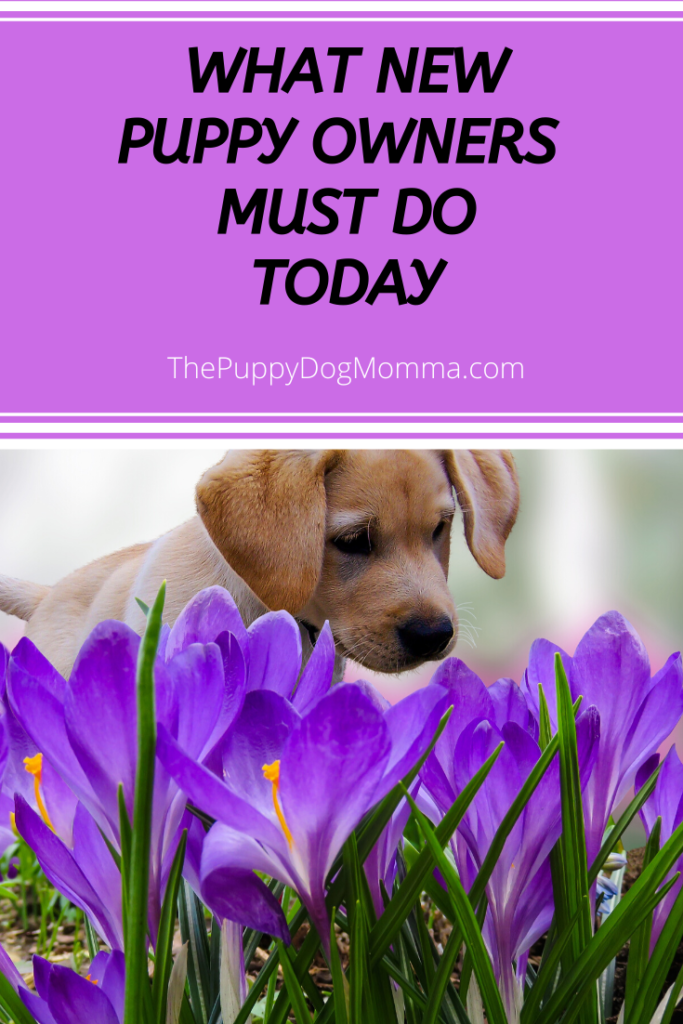
Cleaning up on the car ride home with your new puppy
You will also want some clean-up supplies in the car for the ride home. Going to the vet may be the only car ride your new puppy has ever been on. Expect your little one to be nervous. This could cause an upset stomach or a potty accident.
Make sure you have towels, paper towels, plastic bags for waste, and hand sanitizer. This is where the second person comes in handy. One person can hold the puppy. While the other person does the cleaning. I can’t tell you how many car rides over the years we have had to pull into a parking lot to clean up vomit or worse, even with our adult dogs.
Other needed items for the puppy’s car ride home
Other items that we send in our care packages are puppy food and a water/food bowl. Many times, families travel a long distance to get their perfect puppy, even to other states. If you were stranded somewhere in an emergency, and you had food and a bowl, the only other things you would need to get through a day or two if necessary, are a few bottles of water. And nowadays, almost everyone has access to a bottle of water.
Stopping to visiting with your new puppy
Many people want to stop and visit on their way home to show off their new puppy. They are so cute and you’re excited. But don’t do it!
You should also take your puppy straight home. Do not take your puppy into a pet store! And do not stop at lots of family and friends on the way home.
Your puppy just left the only home they have ever known. They just left their mom and all their littermates. Your puppy is probably a little freaked out! Ease your new puppy into these changes.
Taking your puppy everywhere is not the best thing right away. You have years to take your puppy all around to meet family and friends. For now, go straight home.
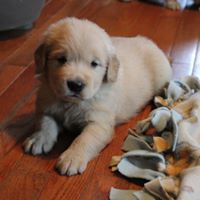
Potty training your new puppy
Start puppy potty training as soon as you get home
The first thing you should do when you get home is to take the puppy to the area in your yard you want your puppy to go potty. If you’re able, you should carry your puppy to this spot each time they go out to potty until they know to go there on their own.
Playing outside while potty training your new puppy
You may want to play with your puppy outside. Not right now. Outside time should be for potty time only. Once your puppy does their business, bring them back inside. Otherwise, they can get confused. I play outside, I potty outside. I play inside, I potty inside. Once the puppy has it down, outside play away!
Personally, I think it is easier to potty train in the winter than in

How often do you need to take your puppy outside when potty training?
Expect your puppy to need to go outside often. You may want to be taking your puppy outside every 30 min. at first. Every 2 hours during the day would be the absolute longest amount of time you want to go in between potty breaks. During the night, you might be able to go longer. But puppies usually learn this quickly.
According to the AKC, “A good guide is that dogs can control their bladders for the number of hours corresponding to their age in months up to about nine months to a year. (Remember, though, that 10 to 12 hours is a long time for anyone to hold it!) A 6-month-old pup can reasonably be expected to hold it for about 6 hours. Never forget that all puppies are individuals and the timing will differ for each.”
Of course, take your puppy outside when you first get up for the day. In addition to other times, you want to take your puppy outside after meals and before bed. Give your puppy their last meal several hours before bed to help avoid accidents. Don’t be surprised that in the first 48 hours you might have to get up once or twice during the night for potty breaks.
Signs your puppy is about to go potty
When playing with your puppy or as they are exploring their new home, watch for potty signs. Squatting, even for boys to start, is usually a sign they are going to pee. If they start sniffing, then turning around in a circle, they are usually about to poop. Never scold your new puppy as they are potty training. You can try one loud clap of your hands to get their attention. Then pick them up and take them to the potty area in the yard.
If it’s too late and they did poop, and you witness it, show the puppy the poop. Then pick up the poop with paper towels and pick up the puppy. Then take the puppy and the poop out to the potty area in the yard. Put the poop down and show it to the puppy. Offer some praise, so they know the poop outside is a good thing.
You should clean any accidents in the house with an enzymatic pet cleaner to get rid of smells and sent.
Other puppy potty training techniques
When potty training, some families like to put newspaper or pee pads by the door that’s used to go out to the yard. Others teach puppies to ring a bell to go outside. During the first 48 hours, consistency is the most important thing when it comes to potty training. Your new puppy will get used to your homes’ schedule and routine before you know it.
Learn more tips on how to Potty Training your new puppy.
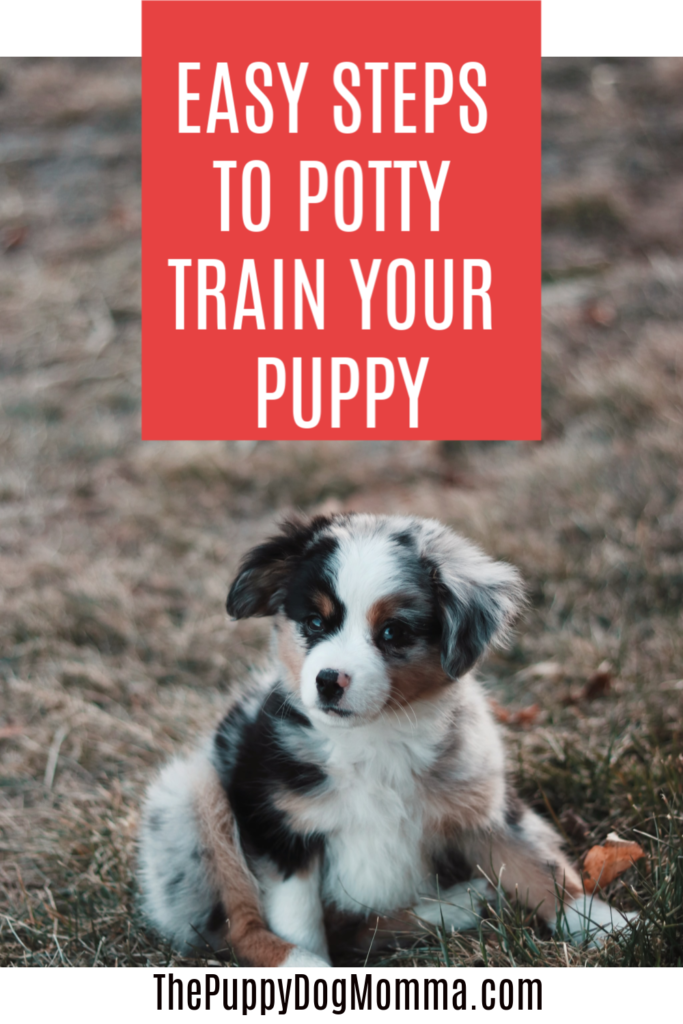
Introducing your puppy to their new forever home
After you have taken your puppy for the potty break, introduce your puppy to their new home and possibly new family members.
This should be a calm, controlled environment to start. If you have other pets, you should have them put away at this time. You can introduce them later.
If you have kids, especially younger kids, they are of course going to be excited to have a new puppy. Containing their excitement might be hard. I’m a mom of four, I know keeping your kids calm is not easy. Explain to your kids that a lot of excitement when first getting home, could scare the new puppy. Try having everyone sit on the floor as the puppy explores their new home.
As your new puppy is learning their new environment, don’t let them out of your site. Puppies are babies and they can and will get into anything and everything! You need to puppy-proof your house. Hopefully, you did this before you brought your new puppy home.
Put all your good stuff up. (A good reason to get the family to clean the house!) Watch things hanging from tables, like lamp cords or computer cords. Puppies will find these cords. You don’t want them chewed or worse the puppy pulling something off the table and possibly hurting themselves.
A good idea is to limit the puppy to just one or two rooms to start. Try using pet gates to limit access to other rooms. This can also be used as a good barrier between the new puppy and other pets until they have become friends.
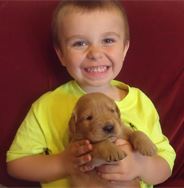
Introducing your new puppy to your other pets
Once your puppy is feeling a little more confident in their new surroundings, introduce them to their new fur family members.
Don’t expect them to get along right away, especially if your other pet is older. An energetic puppy might be a bit of a surprise for them.
Make introductions in a controlled environment
As you introduce them, make sure it is a controlled environment. You want to make sure you can separate them quickly if things don’t go well.
Spend time with your older pets
Also, you want to make sure you spend some one-on-one time with your older pet over the next 48 hours. A good time maybe when the new puppy is napping.
Your older dog needs to know the new puppy does not mean less attention for them. But don’t worry, they will be best friends with the new puppy before you know it.
And new puppies can often make older dogs act like puppies again themselves.
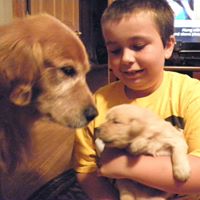
Playing with your new puppy
Some puppies may take a bit to warm up to their new surroundings and might not want to play much during the first 48 hours. Other puppies will take to their new environment with barely skipping a beat.
We send puppy toys in our care package. Although, we probably don’t need to because most families go a little overboard getting toys for their new puppy. Why not? That’s part of the fun! We even had a woman getting a puppy from us who’s friends threw her a puppy shower.
You should wash and inspect the puppy toys frequently. Watch for any small pieces that can be chewed off a toy and become a choking hazard.
Appropriate puppy toys
Make sure you are using appropriate toys for puppies. Giving your new puppy an old sock or an old shoe to play with will only cause confusion. Unless you want your new puppy to learn all socks and shoes are ok to be chewed up.
Puppy stimulation
Keep your puppy stimulated and active. You can give your new puppy treat puzzles to keep their minds sharp. You can play tug and other indoor activities not only to provide exercise but to also tire them out when they go into their crate.
Often, you will see unwanted puppy behaviors when they are bored. Keeping puppies mentally stimulated will help prevent this.
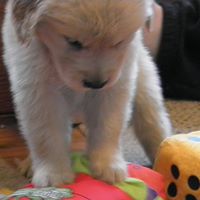
Crate training your new puppy
I highly recommend crate training your new puppy. There are going to be times when you can’t watch your puppy. You are going to need to sleep, shower, work, and have a life. Their crate is a place where your puppy will be safe.
During the first 48 hours, try putting your puppy in their crate during the day for short periods of downtime. If you have young kids or other pets, the new puppy might need a little time to relax alone.
Taking off work during the first 48 hours when bringing home a new puppyis the most ideal. You might not be able to do this/ Then you should arrange for someone to come over every couple of hours to let your puppy out of their crate to go potty and play for a bit.
A puppy’s crate should be a safe place. It should never be a place for punishment. Hopefully, when your new puppy goes into their crate, they are tired out from all the playing and exploring.
You can try giving the puppy a kong toy filled with a few treats. They will learn to associate the crate as being a rewarding experience.
I do not recommend putting food and water in your new puppy’s crate. This could stimulate potty accidents.
What size crate do you need for a new puppy?
If you are using a larger crate to start with, try to get a dog crate with dividers. Puppies don’t like to sleep where they pee and poop. If there is room to go to the bathroom on one side of the crate and then sleep on the other, they will. If your large crate doesn’t have dividers, put something in the crate to take up real estate.
Scented items in your puppy’s crate
Another thing you can put in your puppy’s crate is a blanket with the scent of the puppy’s litter mates or mom. This will help to make your new puppy more relaxed.
When you pick up your puppy, take a blanket with you and ask to rub it on the other littermates and/or mom.
Once you have bonded with your puppy,
Where to keep your new puppy’s crate
If your puppy is fussy when in their crate, you may want to keep your puppy’s crate where the puppy can always see you for the first 48 hours. So yes, this might mean having the crate in your bedroom.
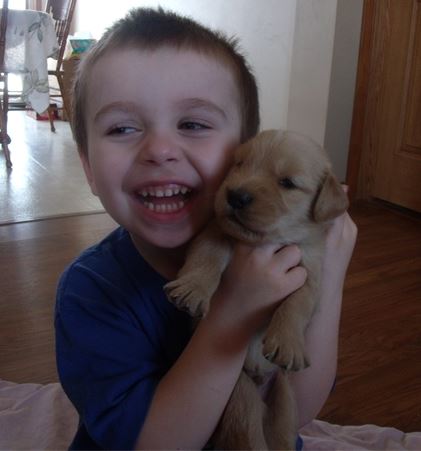
Lastly, to survive the first 48 hours with your new puppy, you just need to follow a few steps.
- Start with being prepared during the car ride home.
- Next, start potty training as soon as you get home and continue using consistency.
- Then, make sure it is a calm, controlled environment when introducing your puppy to their new home and family members (including the furry ones).
- In addition, provide your new puppy with lots of stimulation from appropriate toys and exercise.
- Lastly, crate training your puppy will help keep your puppy safe when you are not available to be with them.
Following a few steps, you can make surviving the first 48 hours with your new puppy a breeze.
Post a picture of your new puppy!
What things have you done to help your new puppy adjust during the first 48 hours?
You might also enjoy these other articles about how to care for your new puppy.
- The 5 things you MUST do when bringing home a new puppy
- Easy steps to potty train your new puppy
- The BEST mental stimulating dog toys
- How to find the PERFECT vet for your pet
- Simple and easy homemade dog treats
Follow me on Facebook and Pinterest for the latest information on puppy and dog care!
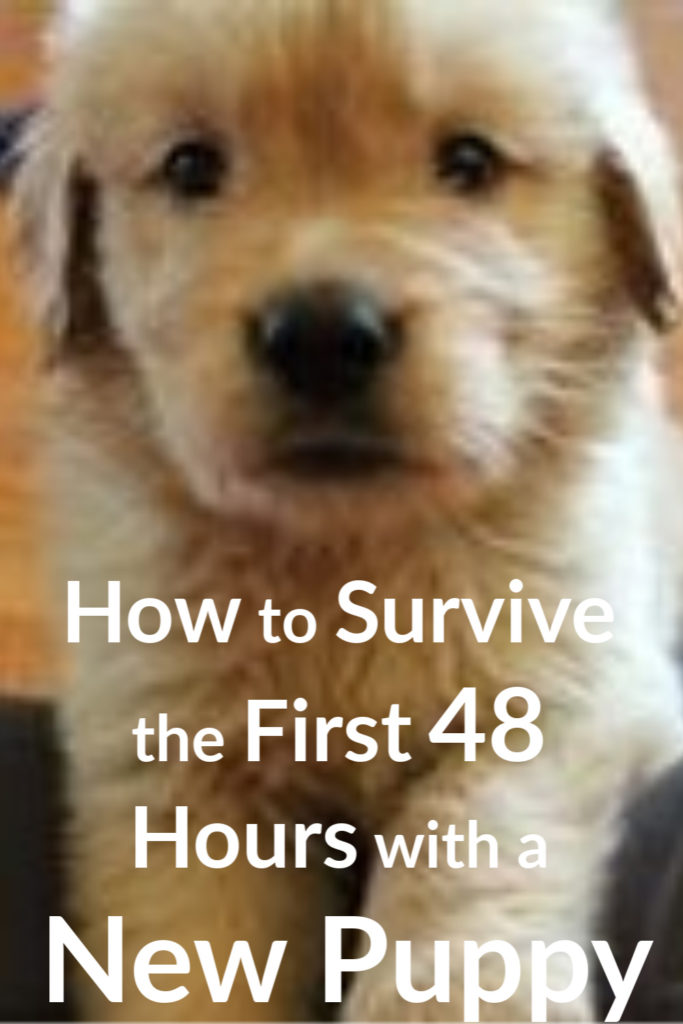

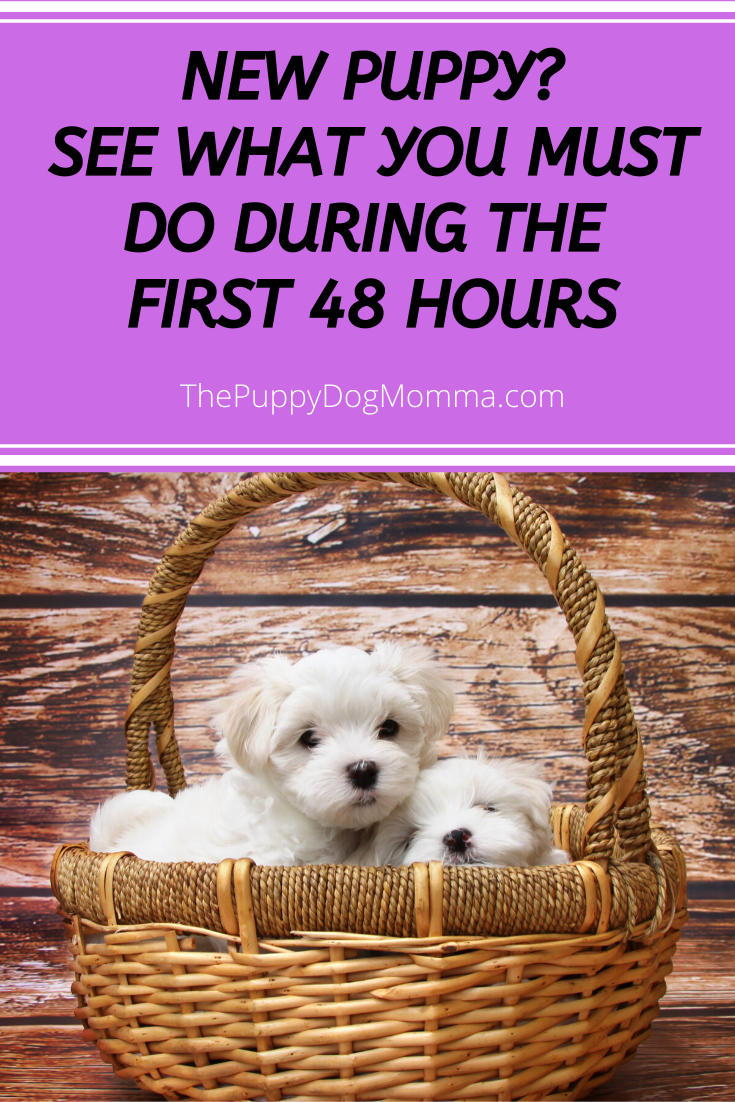

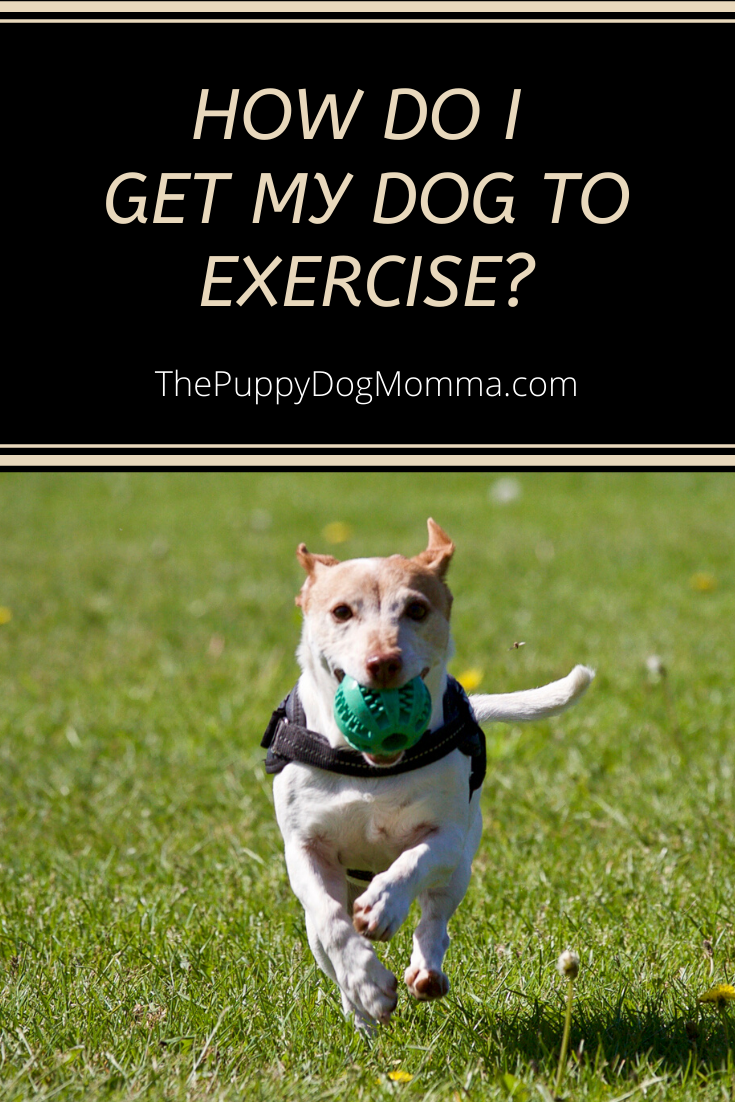
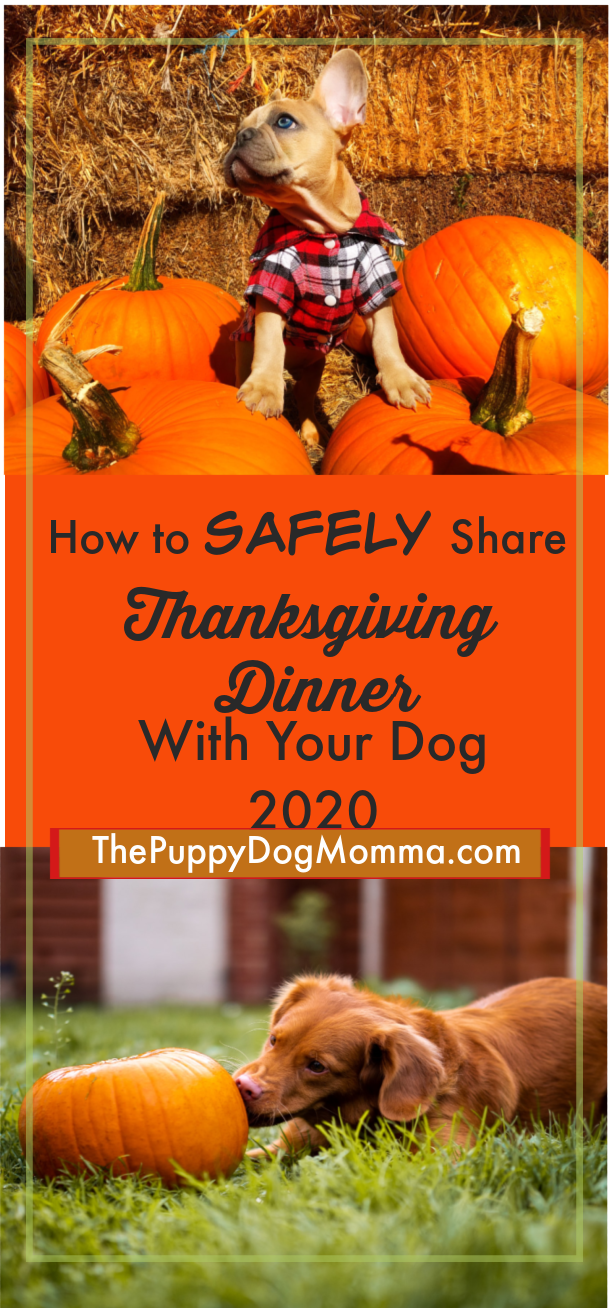
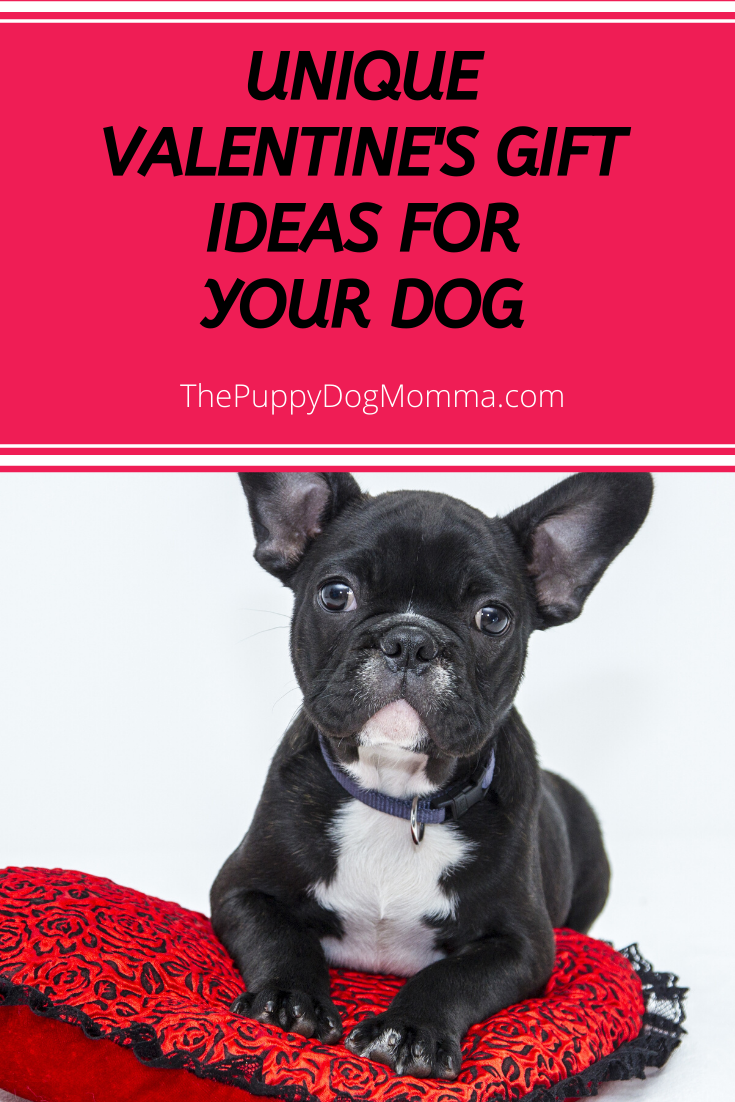
Very detailed post. Really good tips to consider.
Thanks, glad you liked it!